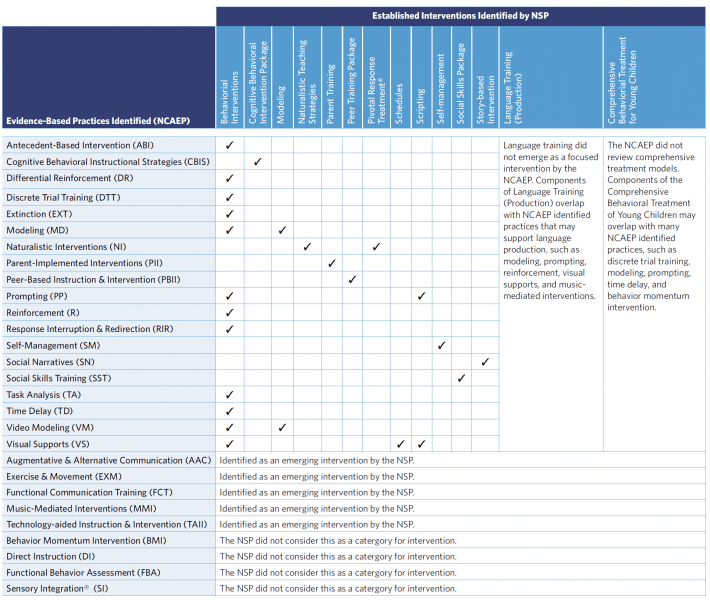
Schools and Districts
Our products empower school districts with video modeling teaching tools, an evidence-based practice to support students with Autism and developmental disabilities.
Get Streaming Make an appointment





A Cleveland Clinic study showed rates of improvement in social competence and decreased antisocial behavior with the Model Me Kids® videos. The research comes from a 12-week social skills group.
According to the National Professional Development Center on Autism Spectrum Disorders, video modeling meets evidence-based practice criteria. NCAEP (2020) and the National Standards Project (NSP, 2015) published reports of their systematic reviews of the literature and identification of EBPs.
What SLPs Say
Autism Curriculum for Schools
Integrating video modeling into an Autism curriculum for schools provides a dynamic and effective approach to address the unique learning styles of students on the autism spectrum. Video modeling involves presenting a visual demonstration of a targeted behavior or skill. The videos thereby allow individuals to observe and learn through this visual medium.
In the context of an Autism curriculum, video modeling can be utilized across various domains. For social skills development, videos depict positive social interactions, appropriate communication, and problem-solving scenarios. These videos further serve as concrete examples. They offer a clear model for students to emulate in their own social interactions.
For academic subjects, video modeling can be applied to demonstrate specific tasks or learning processes. Visualizing concepts through videos can enhance understanding, particularly for students who benefit from visual learning styles. This approach promotes engagement and comprehension by breaking down complex tasks into manageable steps.
Tailoring Video Modeling
Furthermore, incorporating video modeling into sensory activities can help students navigate sensory experiences. Videos demonstrating calming techniques, sensory breaks, or effective coping strategies offer a visual guide to managing sensory challenges.
To implement video modeling effectively, educators should tailor content to individual student needs, ensuring that the videos are clear, concise, and relevant to the specific learning objectives. In addition, regular review and reinforcement of video-modeled concepts contribute to skill retention and generalization.
Overall, a curriculum enriched with video modeling not only accommodates the diverse learning preferences of students with autism but also promotes independence, social integration, and academic success.
How Can We Assist?
Please reach out if you need help with products, submitting a purchase order, or need a quote. We are here to support you!
Contact Us



